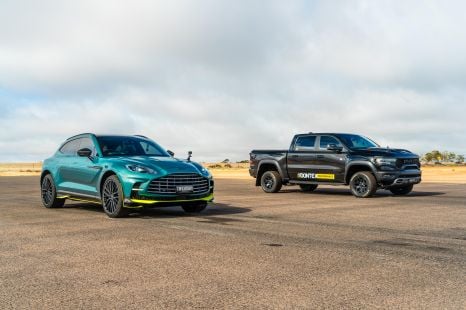

Paul Maric
1200hp RAM TRX vs Aston Martin DBX707 drag race
5 Days Ago
Budget Euro brand Dacia appears incoming, though Renault Australia's new management says hurdles around pricing and ADRs remain.

Senior Contributor


Senior Contributor
Renault Australia’s newly-minted general manager, Glen Sealey, has confirmed reports stating budget brand Dacia is on the cards for Australia, but says there’s still water to run under the bridge before the plan is signed off.
The key, according to Mr Sealey, is making sure Dacia’s products don’t cannibalise exisiting Renault fare, and can be sold profitably even after costs associated with meeting Australian Design Rules and bringing stock all the way from Europe are factored in.
Dacia makes the big-selling, cheap and rugged Duster SUV and a Duster commercial spinoff, as well as the Sandero small hatch and its Sandero Stepway crossover derivative.
It also makes the Spring budget electric vehicle, Europe’s cheapest EV at less than €12,500 ($20,000) in France after incentives.
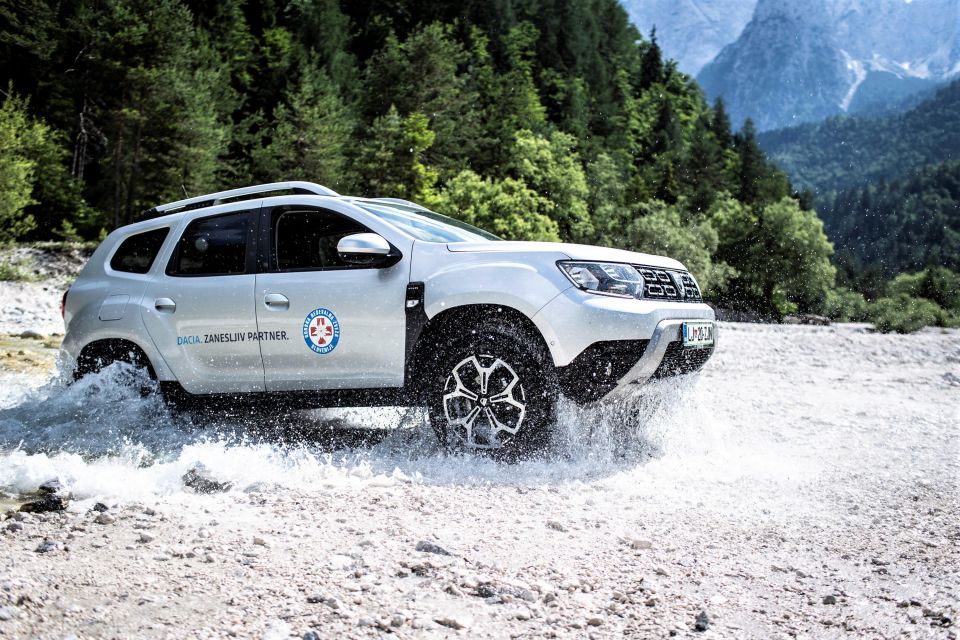
The Romanian company – essentially to its parent Renault what Skoda once was to Volkswagen, before being moved upmarket – has found more than five million buyers since 2014, including 140,000 in the (right-hand drive) UK market.
Previous Renault Australia management was once actually quite advanced down the path of offering Dacia in Australia as a no-frills European budget contender, but never quite got the business case over the line, or agreed on appropriate nomenclature with head office.
However, the French marque recently opted out of directly running its Australian import and wholesale business, and switched to using third-party vehicle distribution expert Ateco, which opened the door for a rethink.
Renault’s new local chief Mr Sealey was previously the head of Ateco’s Maserati operation before taking over at Renault, overseeing its local aftersales and marketing, dealer network, and liaising with international management.
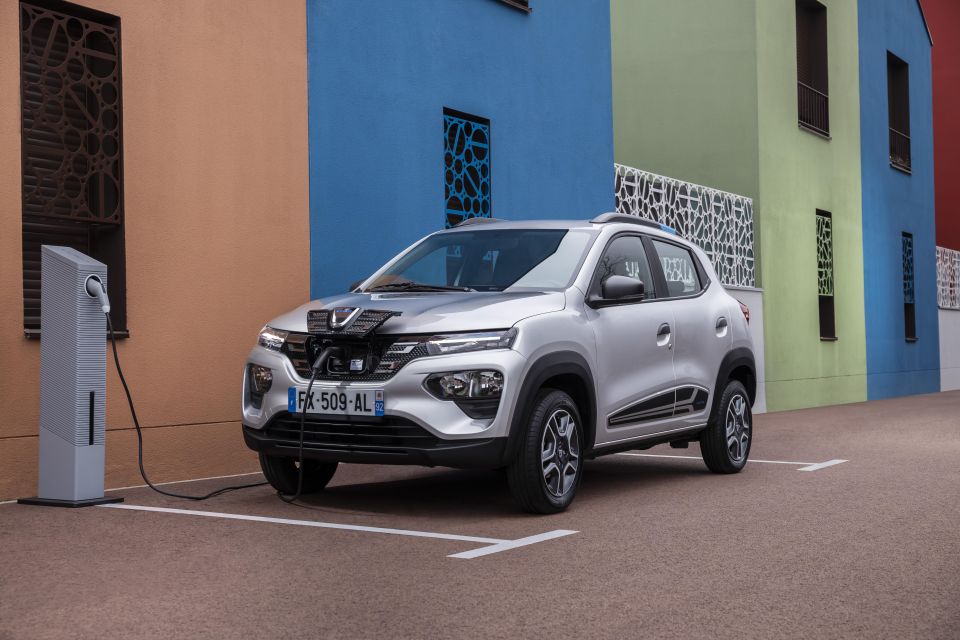
We got in touch with Mr Sealey for an interview after reading a report on Carsales, in which Ateco owner and boss Neville Crichton said the Dacia Australia business was a sure thing.
“We are an entrepreneurial company. So as an entrepreneurial company, we assess all commercial opportunities in front of us,” Mr Sealey said.
“When you look at Renault as a group, Renault embraces Alpine, Renault, and Dacia as well. We have seen success of Dacia in other markets, and for sure it’s a brand we would put our hands up for.
“But how that would be structured moving forward is yet to be determined. And indeed, whether Dacia can be as competitive in Australia as what it is in Europe, is also yet to be determined. As long as it’s commercial, we will look at it.”
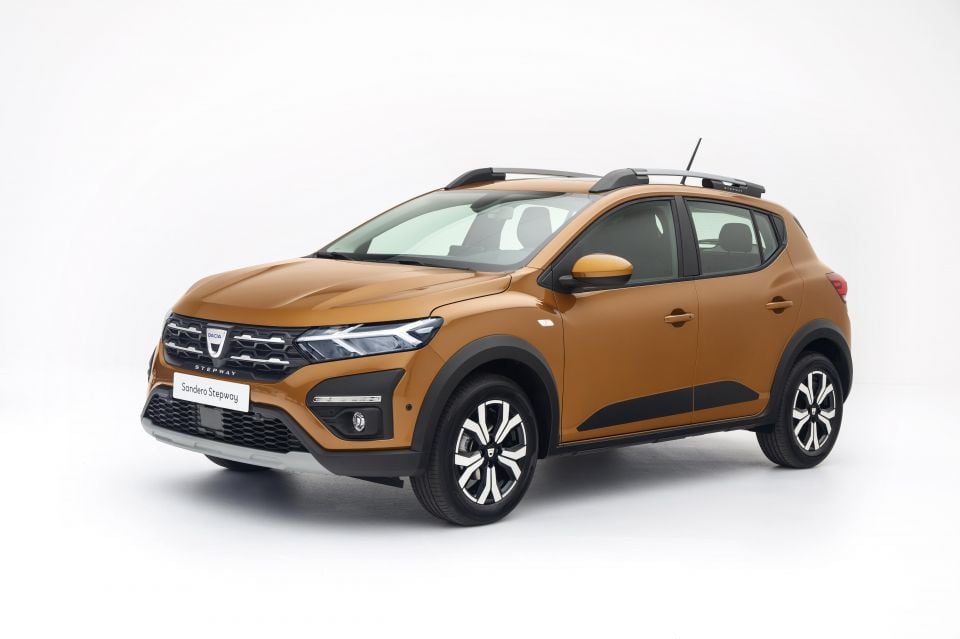
With that in mind, we asked Mr Sealey whether the company would opt to use the Dacia badge, or use the Renault badge as the company does in places such as India and Brazil.
“It depends on the product, and the type of product we could get,” was Mr Sealey’s answer.
“So for example Duster obviously fits well into the Renault commercial line. Any other product that we get access [to], we’d have to look at it in context of the existing Renault lineup as well.
“What we don’t need to do is bring something in just to cannibalise what we’ve got.

“If you look at our positioning on [Renault] Captur in Australia, it is pretty well positioned in the marketplace… if you went and checked the price of a Captur in the UK or in Europe, you’ll see we are really aggressively priced in Australia.
“Now if there’s room for Dacia underneath that, for sure we would do it. But we would also need to look at the type of product that would be coming through to make sure that it complements our existing range as opposed to cannibalising it.”
We also wondered whether Ateco’s public contemplation of bringing Dacias to Australia in one form or another was its decision, or something being pushed by Renault’s France head office as a volume-enhancer.
MORE: 2021 Renault Captur price and specs

“It’s our decision… with Groupe Renault,” Mr Sealey said. “But the important part for us is to plan and assess it properly, to make sure that it is an incremental part of the business and not a substitutional part of the business.
“… The issue really lies around our unique [ADR] design regulations. Basically looking at existing products, you really have got to wait another two years before those products are redone to meet the same regulations as they do in Europe.”
What is clear is that Renault needs a volume boost. The company sold 11,525 new cars in 2015, 11,109 in 2016, and 10,812 in 2017. But by 2019 this had dipped to 8634 and last year’s COIVID-addled figure was 6904.
Given budget brands such as MG and Haval from China are making huge inroads in SUV sales in Australia on the back of sharp prices, there’s clearly an appetite for vehicles like those made by Dacia which put value first and foremost.

For a further case study into this, one needs look no further than the decline in bargain-price urban runabouts in Australia, and what doors this might open.
Without tooting my own horn, I wrote a column last year outlining why Renault Australia should import Dacia products.
Check it out and let us know your thoughts on Dacia coming to Australia in the comments!


Paul Maric
5 Days Ago
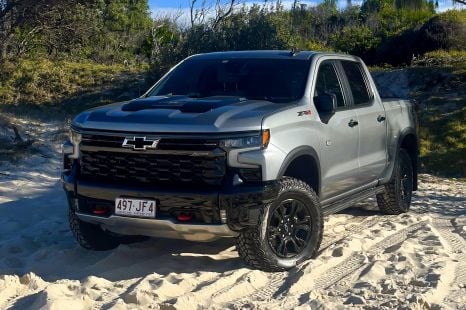

William Stopford
5 Days Ago
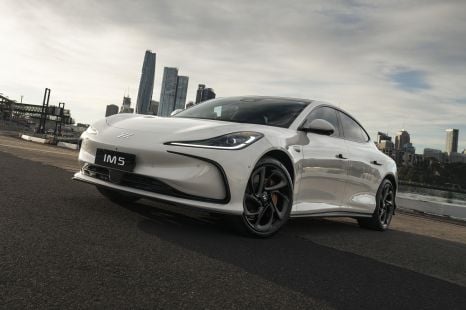

William Stopford
4 Days Ago


James Wong
3 Days Ago


Matt Campbell
2 Days Ago
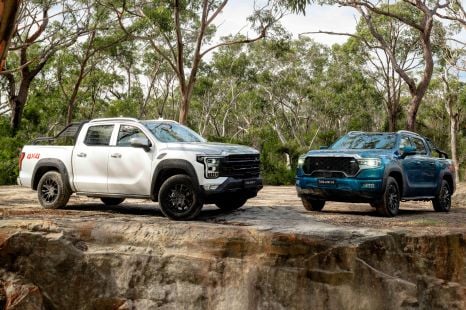

William Stopford
6 Hours Ago